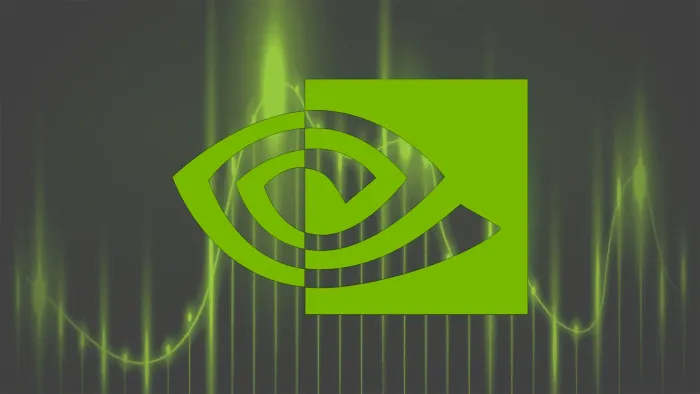
.
Image: Nvidia and Freepik
All eyes were on Nvidia’s quarterly earnings announcement on Wednesday, as investors looked for signs of weakness indicating that the so-called “AI bubble” is about to deflate. In fact, Nvidia appears to be selling graphics processing unit (GPU) chips for data centres as fast as it can make them.
On the call with analysts, Nvidia reported better-than-expected revenues of $57 billion for its October-ending quarter, a 62% increase over the same quarter last year. Revenues rose by $10 billion, or 22%, from the prior quarter. Perhaps most importantly, the company projected revenues of $65 billion in the current quarter.
As a result, Nvidia shares rose 5% after the earnings were announced at market close on Wednesday. That bump created an additional $205 billion of market capitalisation.
“There’s been a lot of talk about an AI bubble,” Nvidia CEO Jensen Huang said in his opening comments on Wednesday. “But from our vantage point, we’re seeing something very different.”
The “bubble” refers to the possibility that the stock prices and valuations of artificial intelligence companies have become disconnected from their earning potential. Investors also fear that the massive investments that Big Tech and AI companies are sinking into infrastructure like data centers won’t be backed up by rapid AI adoption.
“Let me remind you that Nvidia is unlike any other accelerator company—we address every phase of AI,” Huang said.
Then he set out to show Nvidia’s current business within the context of some broad technological transitions that he says are happening all at once.
Huang explained that business software that has traditionally run on CPUs is increasingly starting to run on accelerators, specifically the GPUs that Nvidia sells. He said many traditional business tasks are being done by generative AI systems, replacing classical machine learning for things like content suggestion, ad placement, and content moderation.
He also said autonomous AI (such as self-driving cars) and AI agents (such as coding assistants) mark the beginning of yet another big transition: “The transition to agentic AI is giving rise to new companies, new products, and new services.”
“Our singular architecture enables all three of these transitions—across all industries and all phases of AI, from cloud to enterprise to robots,” Huang continued. In other words, Nvidia is set to ride these big waves to big-time chip sales well into the future. Worrying about a bubble today, he seemed to suggest, may be a little short-sighted.
Company CFO Colette Kress said earlier in the call that both hyperscalers like Meta and Google, and top AI labs like OpenAI and Anthropic, continue to spend big on Nvidia chips. “We are preparing for aggressive growth ahead and feel optimistic about our opportunity set,” she said.
ABOUT THE AUTHOR
Mark Sullivan is a San Francisco-based senior writer at Fast Company who focuses on chronicling the advance of artificial intelligence and its effects on business and culture. He’s interviewed luminaries from the emerging space, including former Google CEO Eric Schmidt, Microsoft’s Mustafa Suleyman, and OpenAI’s Brad Lightcap.
FAST COMPANY
